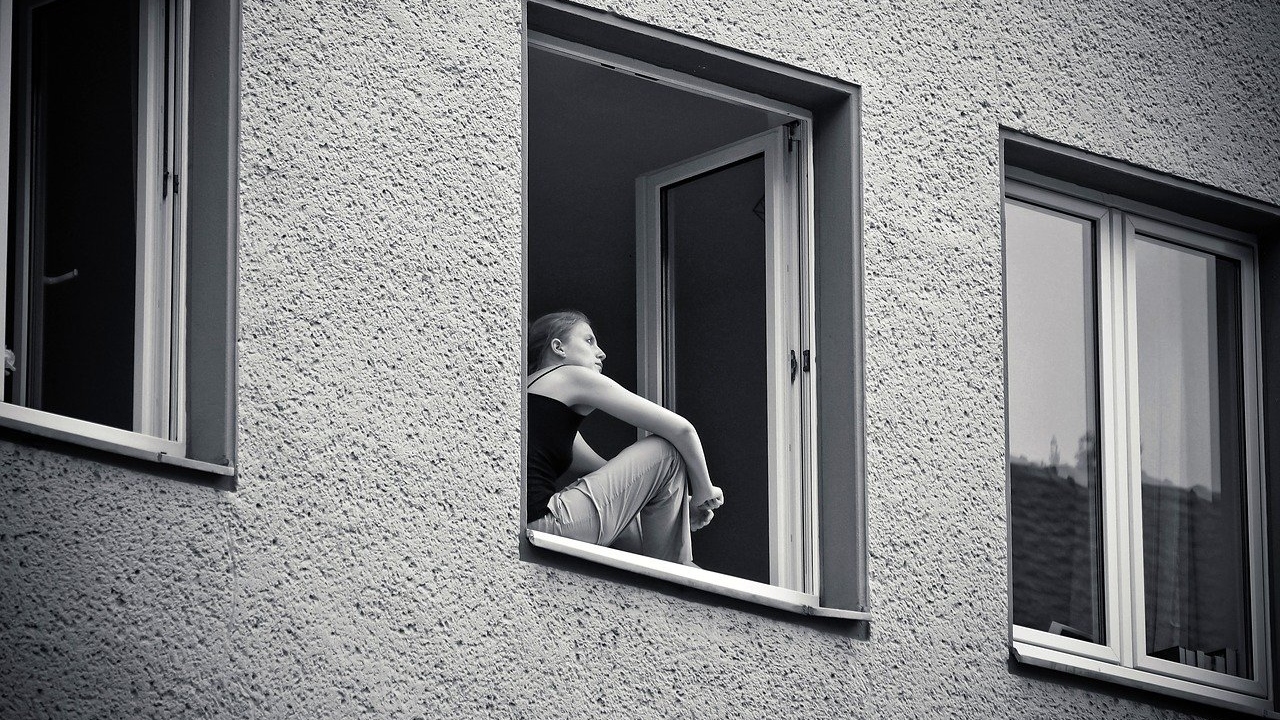

Currently, the European Union is undertaking significant efforts to improve the energy efficiency of the built environment, with a huge renovation wave strategy brought forward. The aspiration is to make this initiative in the framework of the EU’s Green Deal a participatory and inclusive one.
However, the Commission still fails to clarify whether this approach will be gender-sensitive in vision and process, not the least in delivery. The first issue at stake is to increase the visibility of gender inequalities in energy poverty and participatory actions. This will allow informing policymakers at the EU level to better account for gender justice in the field of housing and urban renewal.
Energy poverty – a lack of access to affordable energy resources – is a recognised challenge at the EU level. According to the European Commission, “energy poverty is a widespread problem across Europe, as between 50 and 125 million people are unable to afford proper indoor thermal comfort”.
But looking behind the numbers and into the houses and apartments of real people, we will often find an old widow with just enough pension to heat one room or a single mum who has to decide whether she will cook a warm meal or heat her children’s bedroom.
Research has since long found that poverty has a female face, so clearly, the female population is more likely to experience or fall into energy poverty. The gender income gap in the EU stands at 16%, the gender pension gap at close to 30% – and we are talking 2021!
Guest post from EurActiv




